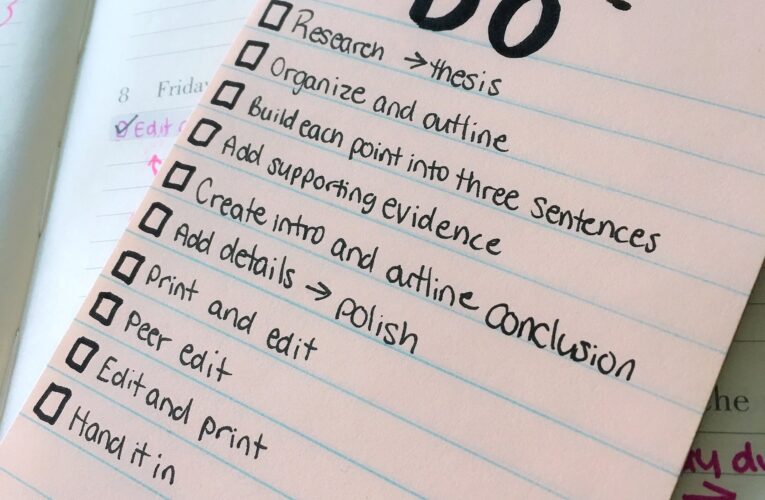It Pays To Work Your To Do List
Even though hiring other folks to do things that you can delegate or are not an expert on can help free you to manage the business, you will also find you are spending a great deal of time interacting with other people who are working for you on a contract basis. There are programmers, distributors, buyers, bankers and more to deal with. You may even find the local government is interested in having your obtain a legal dba (doing business as) name. All this takes time and attention away from your focus on making sales.
When you start out learning how to establish your company, you will hopefully be modeled on other businesses that survived. However, there will not be anyone standing over your shoulder directly telling you what to do. If you do not learn how to efficiently plan your day, you may end up wasting time and effort aimlessly steering your boat in circles. You can avoid this trap by getting into the habit of doing “to do lists” and constantly managing your business based on your initial marketing plan.

PLANNING YOUR DAY
Just because you might be working out of a home office or from your garage doesn’t mean that you cannot work in a professional manner. The biggest mistake more people make when they decide to get in business for themselves is not realizing that they need to structure their days. It doesn’t pay to just do what you feel like, if what you feel like doesn’t haven any effect on the bottom line of your business.
For this reason, you should begin by sitting down each day, in the evening of the day before, and plan your subsequent day. You should expect to work at least 40 hours a week or more on your business, if you expect it to succeed. Many entrepreneurs work 60 hours or more, but they are doing what they love and that’s why it’s fun to them. Part-time businesses yield part-time results. Full-time businesses yield better results and more cash flow.
Take this list out the following morning and follow it to the letter. At the end of the day, look at your list and see how well you did. The tasks you didn’t accomplish, you move to the next day’s list until all your tasks are done. If you found an obstacle to achieving your task, it can become a subtask that needs to be completed so that the entire task can be checked off. Note it on your to do list and use it as a guideline for how well you are accomplishing in your day.
TWO TYPES OF LISTs
There are multiple ways to create a to do list. The two most common are to list everything and then put a priority next to each item, with the number one being the highest priority. Then, you follow the to do list by nature of priority. At the end of the day, you just use checks to determine whether a task was accomplished or not. Then you move it to the next day’s list.
The other way to do the to do list is to list the actions by order of importance for the following day. The first task would be done first the following day and the second task second and so on. Then, at the end of the day, you grade each task based on an old-fashioned letter grade system with an “A” being Excellent and an “F” being failure. This system can be a bit harsh but more motivating than the previous system. Whatever you don’t accomplish, or don’t accomplish well, can be put on the following day’s list.

The first system has the advantage of being a rotating, non-judgmental, form of organization. The second list is very hierarchal and is good for people who are more comfortable with grading themselves or into perfectionism. There is no right or wrong way to do a to do list. You may find your own unique style.
The point is not to follow someone else’s system perfectly, it’s to find a way to organize your day that works with your personality and daily habits to bring you to optimal use of the minutes you have in your work day.


